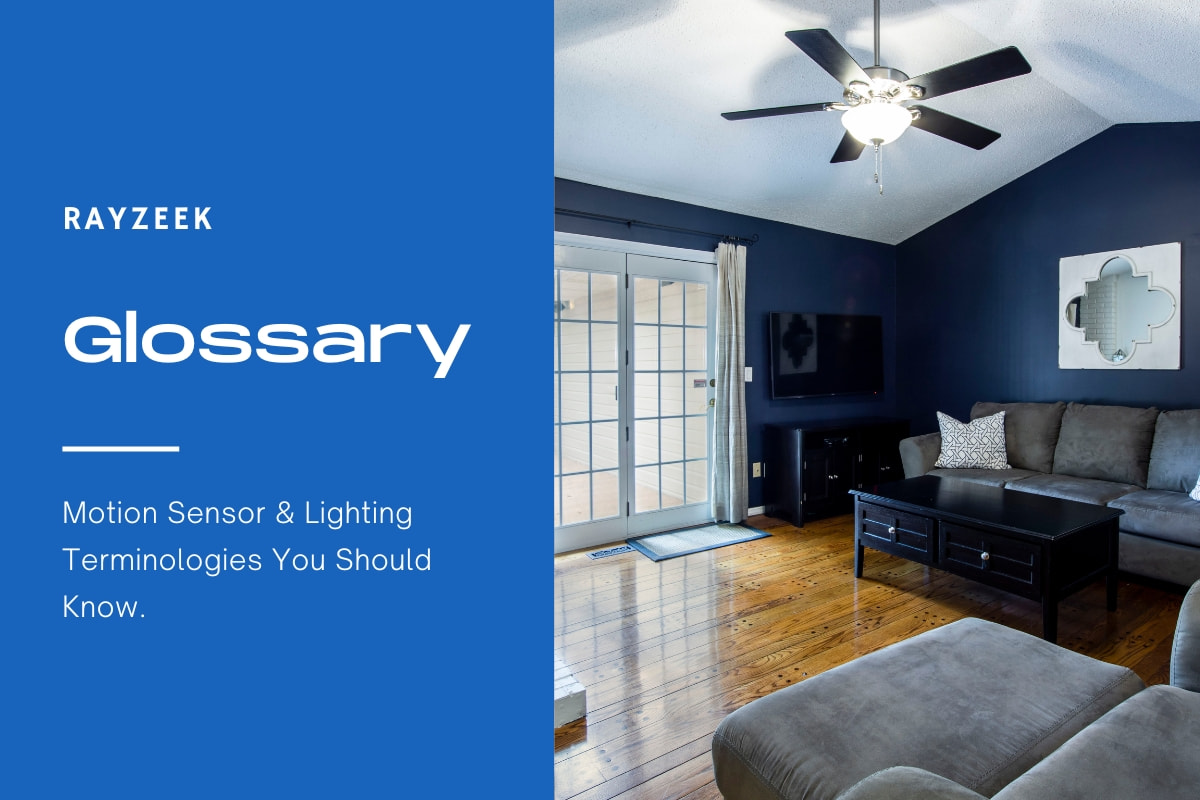What is Twin Tube
Twin Tube is a fluorescent lighting fixture that consists of two parallel tubes, as opposed to the single tube found in traditional fluorescent lamps. This unique design allows for increased light output and more uniform illumination. Twin Tube fluorescent lamps are commonly used in various applications, including aquarium lighting and compact fluorescent bulbs.
Looking For Motion-Activated Energy-Saving Solutions?
Contact us for complete PIR motion sensors, motion-activated energy-saving products, motion sensor switches, and Occupancy/Vacancy commercial solutions.
One notable feature of Twin Tube lights is the inclusion of a fluorescent ballast, which regulates the electrical current flowing through the tubes. This ballast is designed to have a longer lifespan, thanks to features such as aluminum heat dissipaters and extra vents that effectively dissipate heat and prevent overheating. Furthermore, Twin Tube lights often incorporate an instant start circuit, allowing for convenient automated lighting control through timers or switch-controlled outlets. This feature provides flexibility in setting specific lighting schedules for aquariums or other applications.
Frequently Asked Questions
What Are Disadvantages of LED Tube Light
LEDs have a higher manufacturing cost which makes them more expensive to buy compared to incandescent or fluorescent lights. However, as mentioned earlier, the cost savings achieved by LEDs in the long run and their extended lifespan will help offset and make up for their higher initial costs.
What Is the Difference Between Fluorescent Tube and Tube Light
One of the main distinctions between fluorescent tubes and LED tube lights lies in the mechanism by which they generate light. In contrast to LEDs, which utilize electrical energy, fluorescent lights rely on heat to produce light.









